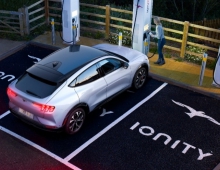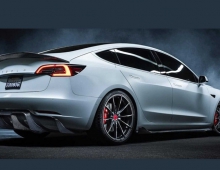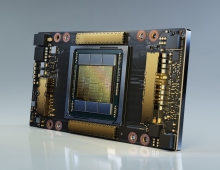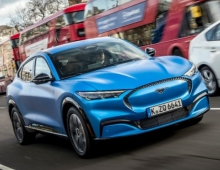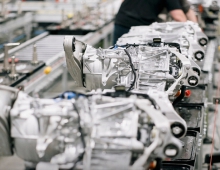
Tesla Returns to Profitability, Trials of Full Self-driving Package Coming This Year
Tesla posted a profit of $143 million in its latest quarter, after almost a decade of mostly losses during its first decade as a publicly held company.
The positive results announced Wednesday came after Tesla lost $1.1 billion during the first half of the year.
Last year, Tesla's story was about ramping the Model 3. While Tesla expects total volumes to grow by approximately 50% in 2019, this year the company's focus has been cost control and preparing for the company's next phase of growth. Despite reductions in the average selling price (ASP) of Model 3 as global mix stabilizes, Tesla's gross margins have strengthened. Additionally, operating expenses are at the lowest level since Model 3 production started.
As a result, Tesla returned to GAAP profitability in Q3 while generating positive free cash flow. Tesla said that was possible by removing substantial cost from its business. Tesla has also dramatically improved the pace of execution and capital efficiency of new production lines. Gigafactory Shanghai was built in 10 months and is ready for production, while it was ~65% less expensive (capex per unit ofcapacity) to build than the Model 3 production system in the US.
Tesla announced that it made $6,3 billion in revenue and it reported surprising profits of $1.91 per share (Non-GAAP).
Tesla’s co-founder and CEO Elon Musk has been facing questions about whether he is the right person to be steering the company at this critical juncture.
Musk reiterated a pledge to sell at least 360,000 vehicles this year. Tesla will have to sell about 105,000 cars during the final three months of the year, after delivering a record 97,000 vehicles in the third quarter.
In a Wednesday conference call, Musk promised to remain “highly focused” on reaching decisions that help bolster the company’s long-term prospects.
Even so, Tesla will almost certainly post yet another annual loss this year, just as it has done every year since its initial public offering in 2010. Since then, Tesla has amassed more than $5.5 billion in losses.
For the next quarter, Tesla expects deliveries to increase sequentially and annually, with some expected fluctuations from seasonality. The company is confident in exceeding 360,000 deliveries this year.
Trial production of Model 3 in Shanghai has begun, ahead of schedule. Tesla says it is also ahead of schedule to produce Model Y and expects to launch it by summer 2020. Tesla is also planning to produce limited volumes of Tesla Semi in 2020 and are hopes to announce soon the location of its European Gigafactory for production in 2021.
‘Full Self-Driving’ feature
Tesla may also offer certain customers early access to a “feature complete” version of the company’s “full self-driving” (FSD) capabilities by the end of 2019, Elon Musk said.
Musk clarified on the call that by “feature complete,” he means the car will be able to drive from someone’s home to their work without intervention. Drivers will still need to be ready to take control if the car runs into a problem.
Musk said Tesla Autopilot can handle high-speed driving, while its recently rolled out Smart Summon parking feature can handle low speeds. The company has yet to allow its customers hands-off control of the vehicle at medium speeds, where they are more likely to encounter traffic signals, intersections, and other complexities. FSD is meant to address that gap in Tesla’s current autonomous capabilities.
There will be limits, Musk cautioned. “It doesn’t mean like every scenario everywhere on Earth, including every corner case,” he said. That contradicts previous statements by Musk. Earlier this year, Musk said Tesla’s vehicles will be able to achieve Level 5 autonomy “without a geofence,” which means they can drive anywhere, under any conditions.
Tesla has said it will activate its FSD feature by mid-2020.
Customers who are buying a Tesla have the option of purchasing the company’s FSD option for $6,000, or $8,000 after delivery.


